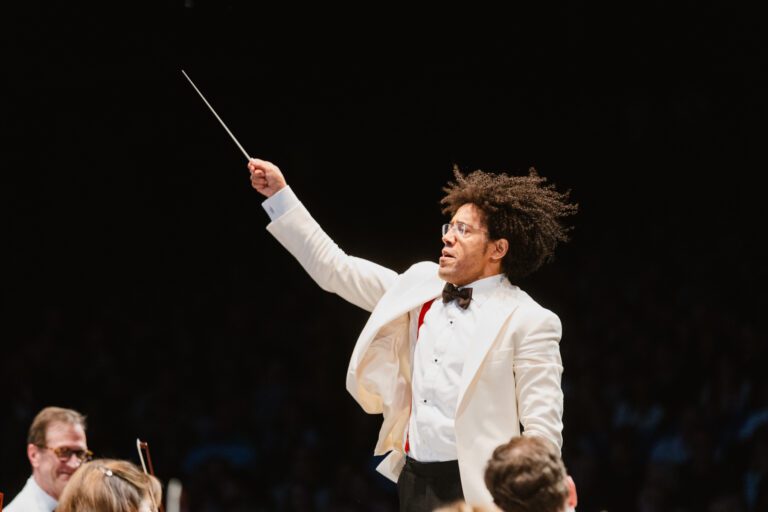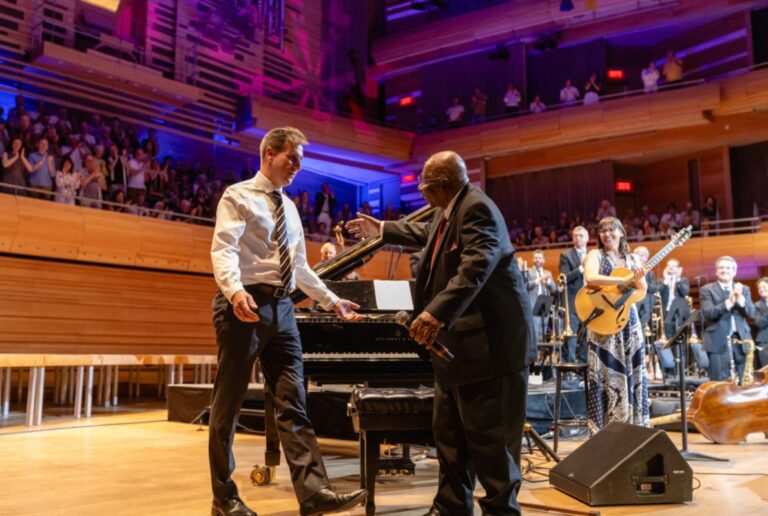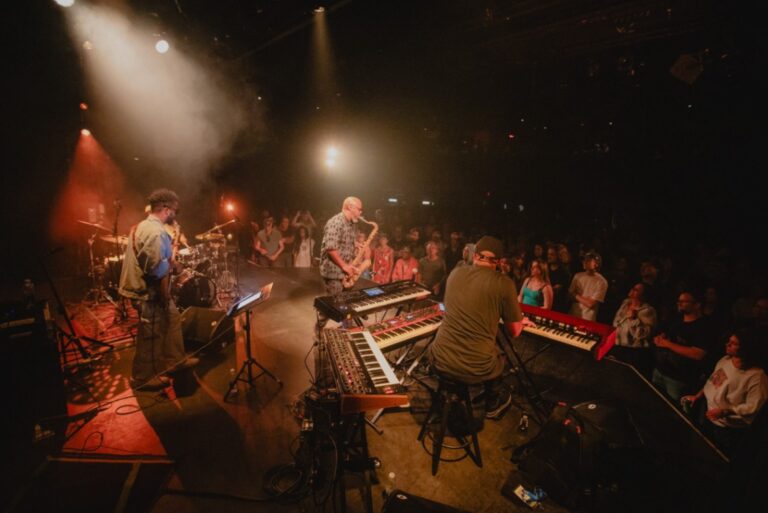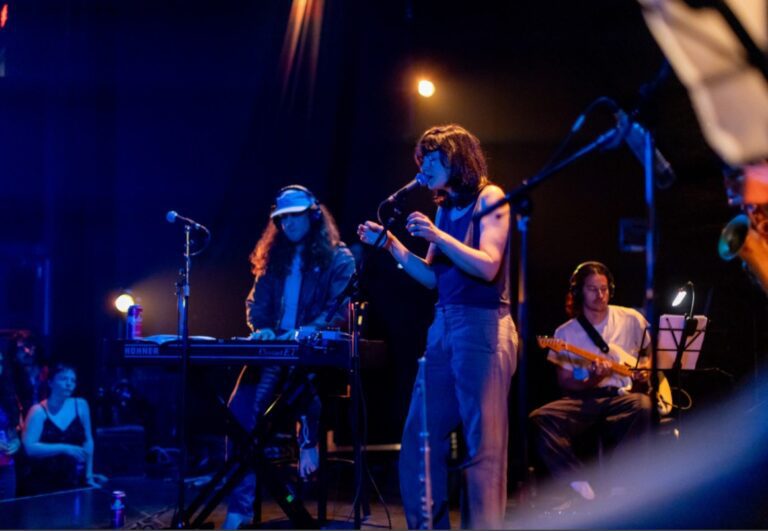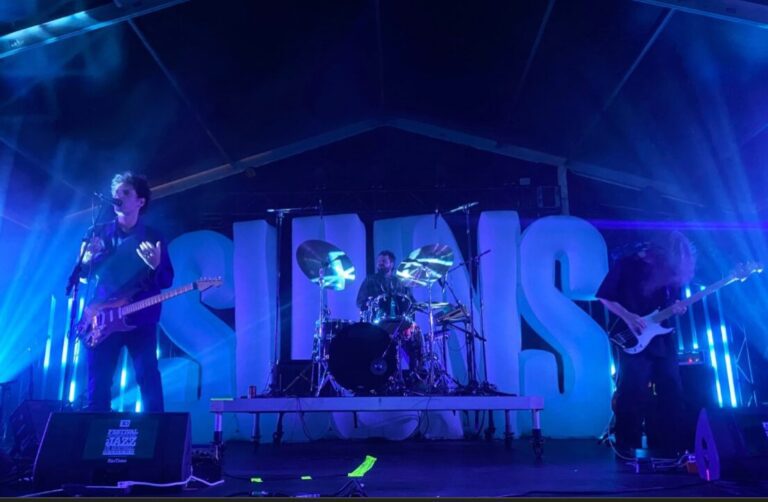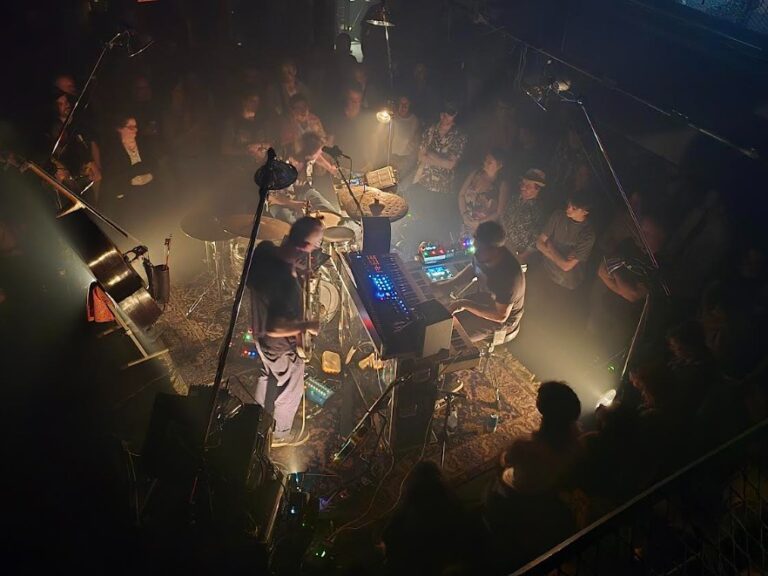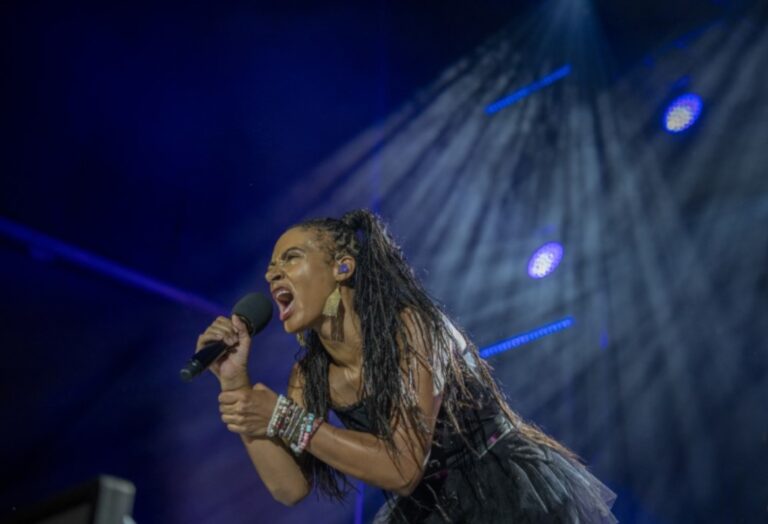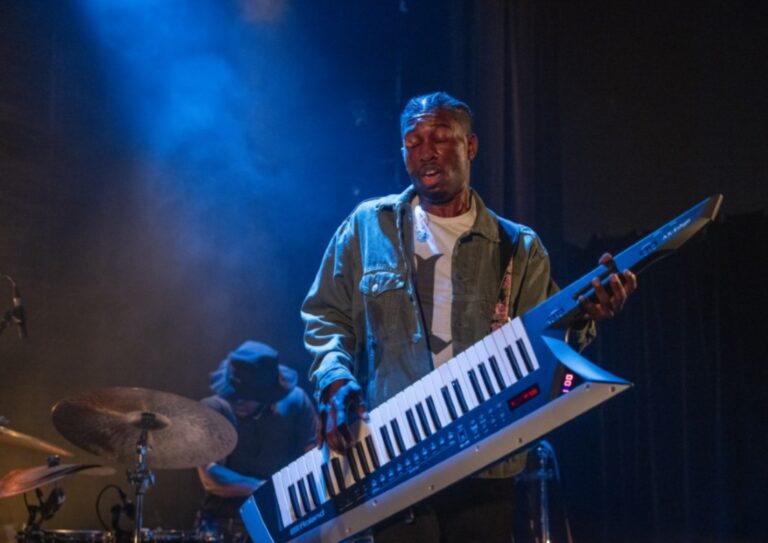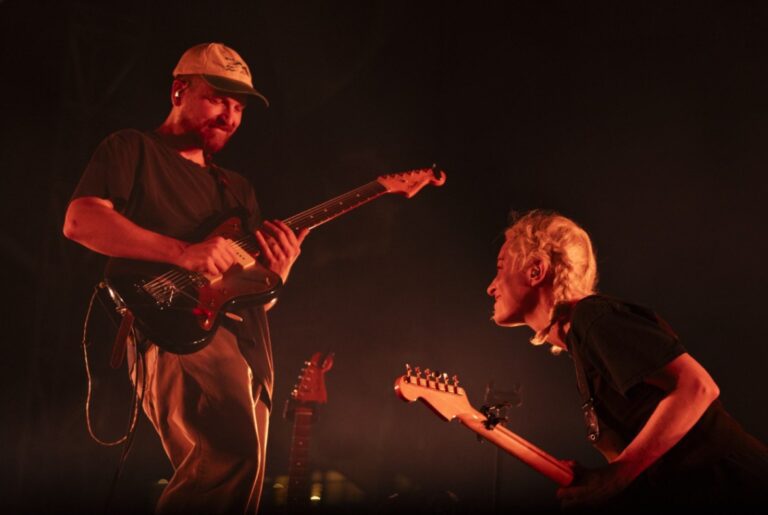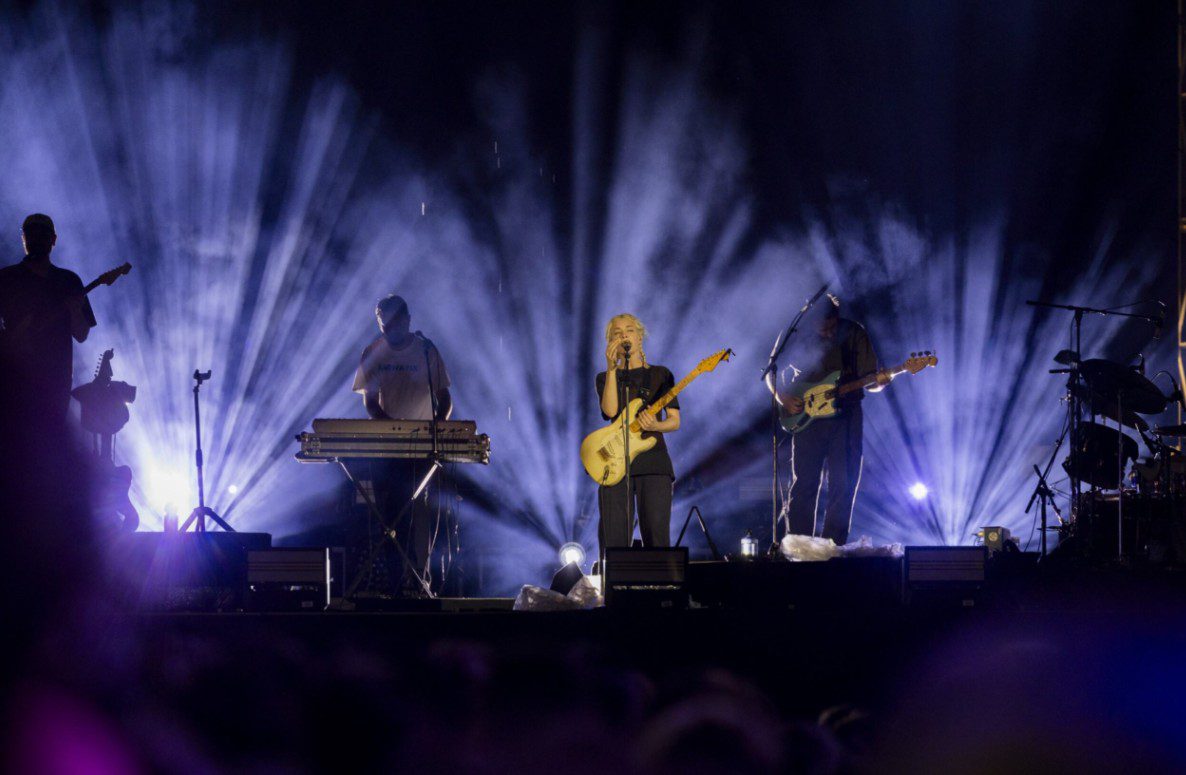One man meticulously drew up all the plans for a majestic edifice, while the other was responsible for raising it from the ground, on solid foundations, decking it out in the finest finery and lifting it to the heavens. The undertaking succeeded admirably, and the result unveiled last night at the Amphithéâtre de Lanaudière was something of an Olympian.
I’m talking about Anton Bruckner’s Symphony No. 8 in C minor, which the explanatory clichés always compare to a great, magnificent cathedral. For once, let’s give clichés their share of symbolic truth. The Austrian composer’s penultimate symphony is indeed grandiose and monumental, and written in a spirit of vibrant devotion (Bruckner was very religious). This work, which lasts almost an hour and a half and requires a huge orchestra, has everything it takes to stimulate an architectural allegory as impressive as that of a cathedral. Notre-Dame? Reims? Strasbourg? Cologne? You get the idea.
Payare has skilfully constructed this Herculean edifice yesterday, with details and contrasting dynamics that reinforce the spiritual drama at work. Drama, yes. For even if we compare the Eighth to a cathedral, even if we say, quite rightly, that it is like an immense prayer by the composer, inviting us all to share his devotion with it, the power of the emotions concealed in this score tells a personal story of the search for transcendence.
Everything was perfect. Payare controlled the dynamic impulses, without really holding them back, just communicating, clearly, Bruckner’s will. Like a spiritual ferryman. Moments of extreme gentleness were so faintly audible that the nearby birds sounded louder. The composer would have been ecstatic! On the contrary, the moments of magnificence filled the natural basin of the site like the divine taking up all the space.
And what an orchestra! Payare and we are lucky. Ideal intonation of the solos, section ensembles and tutti, phrasing of the adagio without haste but with a palpable inherent energy.
This Adagio, moreover, and especially this quivering ascent of the strings accompanied by the three (!) harps, a celebrated moment (which recurs several times) that transports music-lovers very close to the gates of Paradise, had something purely celestial about it, and was perfectly successful. As for the finale of the Finale, a majestic construction, the final finishing touch to a sublime building that would house any supreme divinity of any cult (God, Allah, Brahma, Odin, Ra, Zeus, etc., etc.), this finale that grabs you by the guts and lifts you up in spite of yourself, was grandiose to a fault, but without any vulgarity. All real, all felt, with respect and elegance.
Oh, I could quibble about details. The trumpets in the Scherzo could have been much more incisive. I like them that way, you see. To mark the plebeian side of the movement, in contrast to the piety of the previous one. And the last bars of the first movement, which call for contemplation, could have been a little more “contemplative”.
Nevertheless, this level of musical quality is to the credit of our Montreal orchestra, which is undoubtedly one of the best in the world. Bravo to the soloists, impeccable, and in particular Catherine Turner on the French horn. What exceptional work, what accuracy of tone, sonority and colour. The lady was remarkable, mastering an instrument that is so capricious and so often tempted to betray its owner.
The only real downside was the audience: it was only partially full. A shame, given the quality of the performance on offer.
